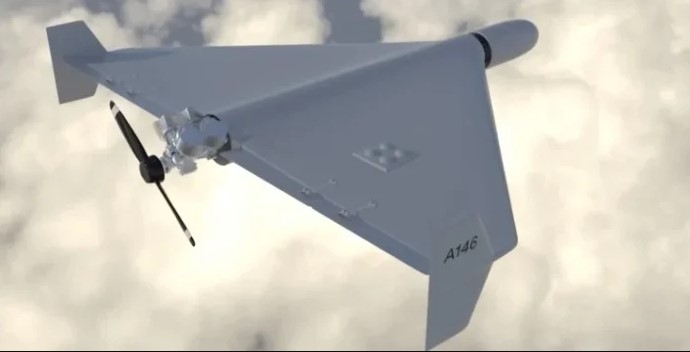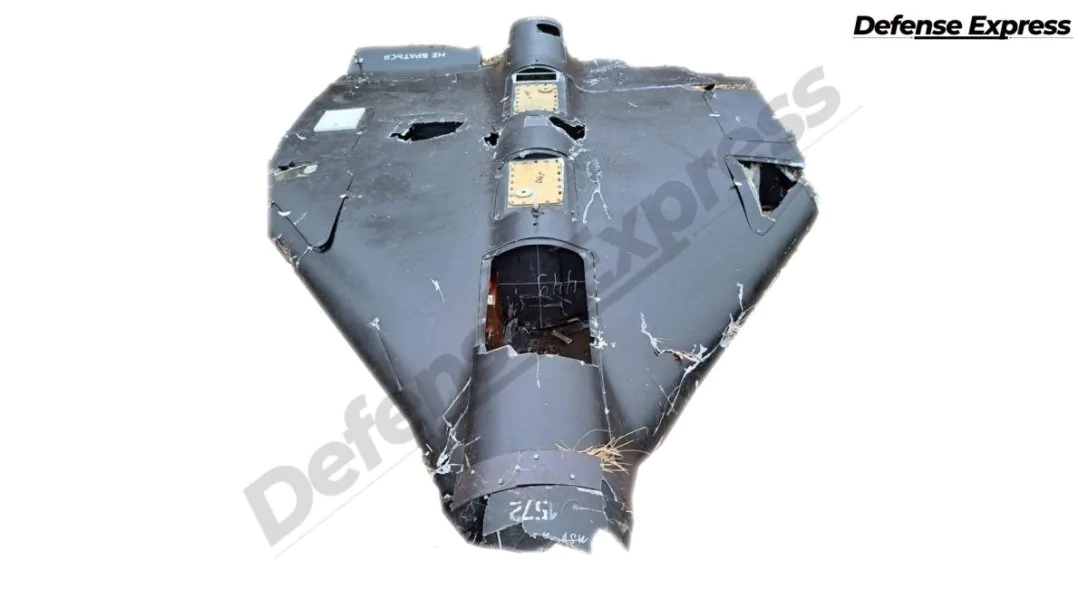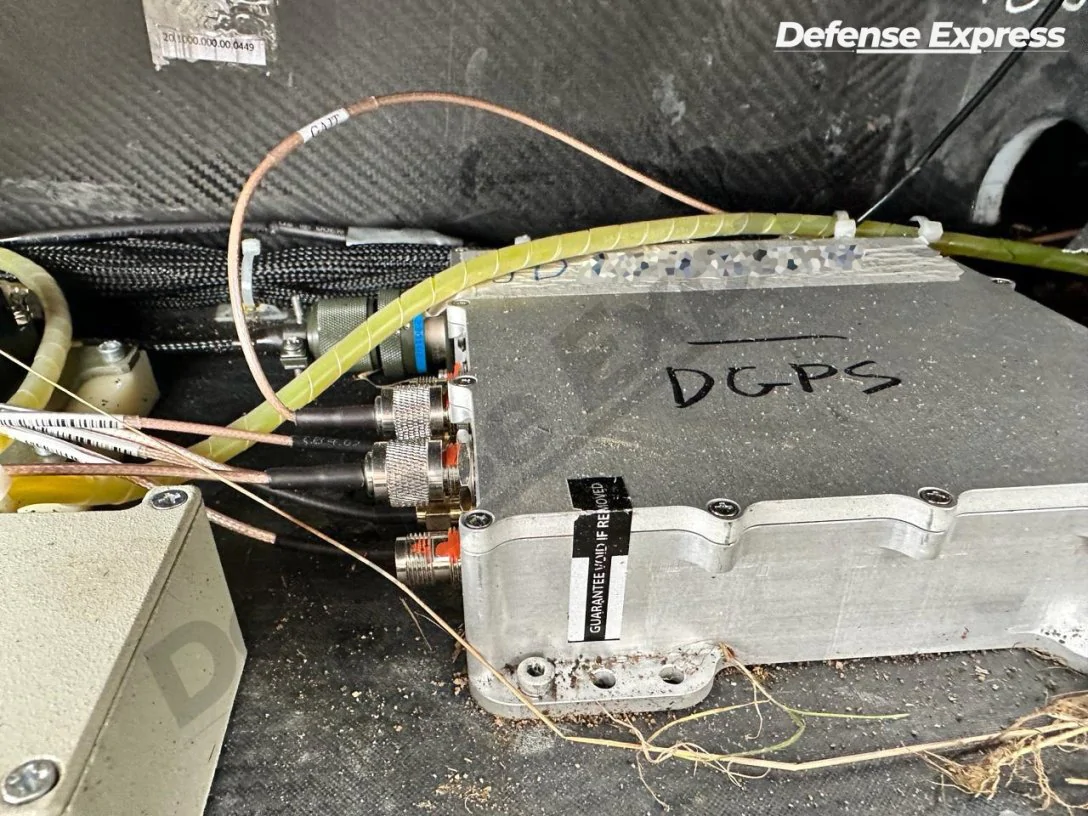
The occupiers began to hang DGPS units on the Shahed-136 to hit more accurately
The occupiers began to attach differential global positioning system (DGPS) units to Shahed-136 drones. This is a strategically important action that can significantly improve the efficiency of operations.
DGPS is an advanced navigation technology that uses a network of base stations to transmit corrections to GPS signals. This allows you to increase the accuracy of location determination to 1-2 meters. The advantages of DGPS include increased accuracy and reduced interference, but there are also disadvantages such as the complexity of deployment and the network’s vulnerability to attack.

The installation of DGPS units on the Shahed-136 has several potential goals, including improved strike accuracy, increased range, and increased survivability. However, Russia’s motives for combining DGPS with a modem and camera on drones remain a mystery. Options include a redundant navigation system and/or a single control loop for real-time course correction and targeting.

The mission of the ADC-PLS-002 unit is likely to collect data on the speed and other flight parameters of the drone, which can significantly increase its efficiency and tactical capabilities.
The use of DGPS on Shahed-136 UAVs may make them more dangerous and requires the Ukrainian air defense forces to adapt to new threats. Possible consequences could include increased casualties and destruction, expansion of the war zone, and escalation of the conflict.

